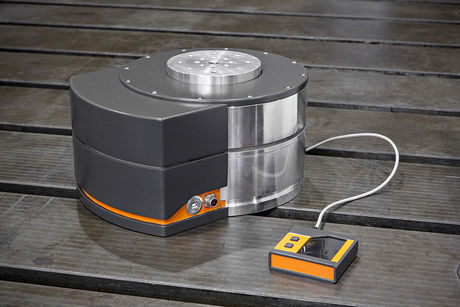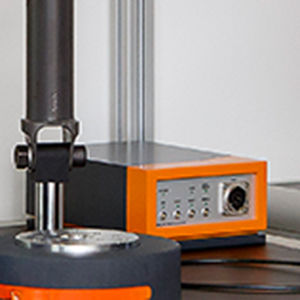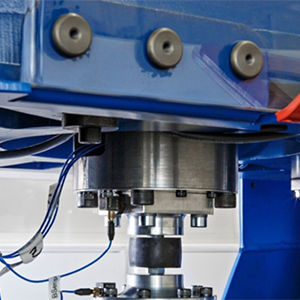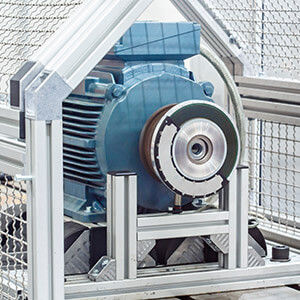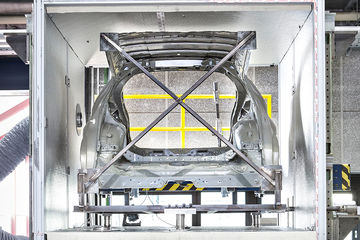AHEAD-HyTest – Technology Transfer for More Agile Test Benches.
ADJUSTABLE RIGIDITY, MECHANICAL HARDWARE-IN-THE-LOOP, TECHNOLOGY TRANSFER
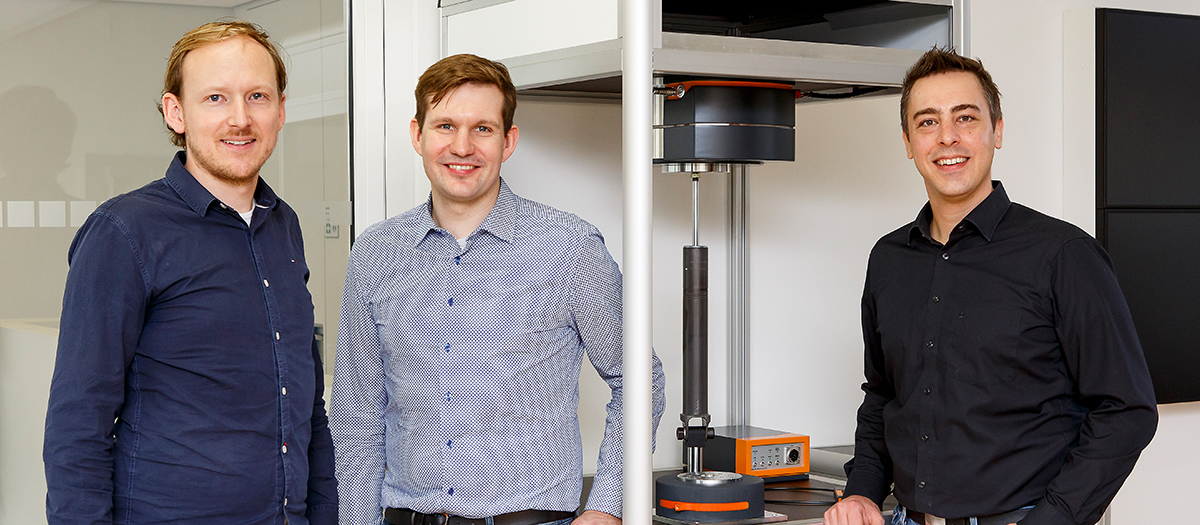
Fewer physical prototypes, faster knowledge acquisition in lab trials and more agile reactions to changing requirements on test benches: these are all challenges that Fraunhofer LBF has taken on in recent years. In this context, various technologies have been developed which form the basis for new solutions in the areas of test bench components, test benches and vibration technology. Within the scope of the AHEAD-HyTest project, a team from the institute is working on placing these technologies on the market together with partners and is looking for more partners.
Technology transfer at Fraunhofer
As research institutes, Fraunhofer institutes face the challenge of transferring the technologies that have been developed to suitable applications and placing them on the corresponding markets. Alongside traditional contract research, this technology transfer is also being carried out by means of patent and expertise licensing or technology spin-offs. The Fraunhofer headquarters has been promoting both these forms of utilization since last year through the AHEAD program.
As part of this program, LBF scientists are working on placing various solutions in the area of test bench technology on the market together with partners.
NVH tests under various framework conditions without restructuring work
Adjustable bearings and vibration absorbers and mechanical hardware-in-the-loop (mHIL) interfaces are development tools which allow for fast reactions to changing framework conditions or requirements in test environments. Figure 1 shows a test bench design for electrical drive trains. The test specimen, which consists of the drive train and a subframe, supports itself against four adjustable bearings or four mHIL interfaces (A). These replace substitute structures or body-in-white or partial bodies which are currently used to provide test specimens with realistic mechanical framework conditions. The adjustable bearings or mHIL interfaces allow these framework conditions to be varied within a short timeframe and without the need for restructuring work.
Specification of component parameters without templates
Since it is possible to vary mechanical parameters (B) quickly, adjustable bearings and vibration absorbers can be used to determine optimal rigidities and insulations, or to align elastomer components (e.g. bush bearings or vibration absorbers) on an experimental basis.
For instance, if adjustable vibration absorbers are used as a development tool, there is no need for various templates with different alignments, and the associated restructuring work in the test can be omitted resulting in cost and time savings.
Sponsored as part of the internal programs of the Fraunhofer Society.
Contact
- Dipl. Ing. (FH) Jan Hansmann
- Phone: +49 6151 705-8367
- jan.hansmann@lbf.fraunhofer.de

